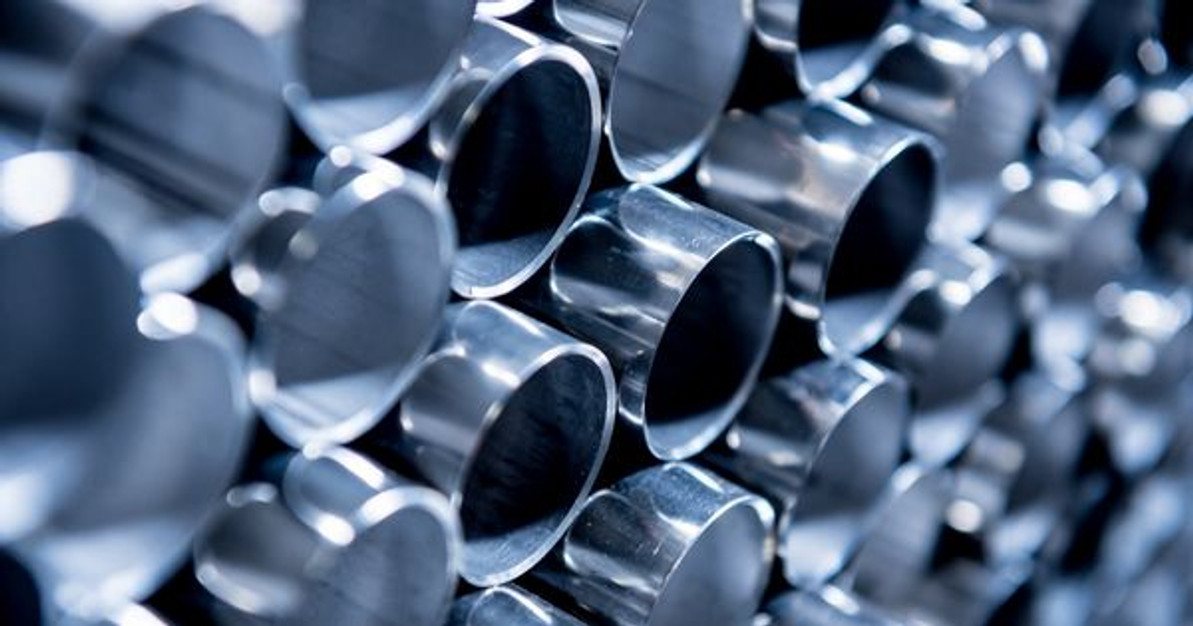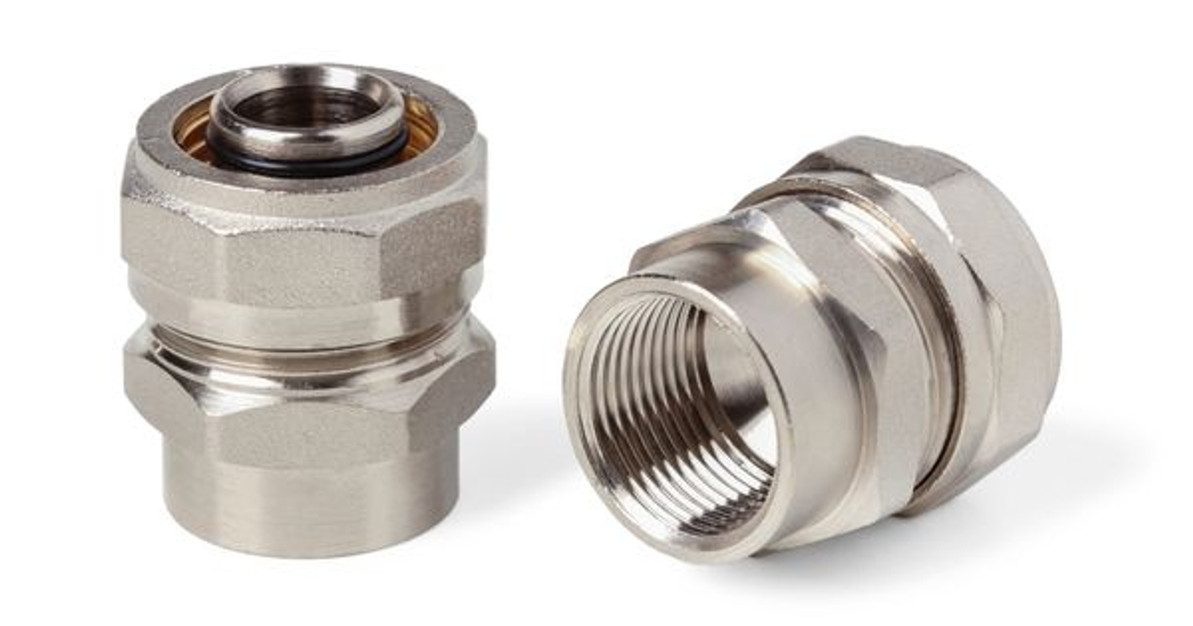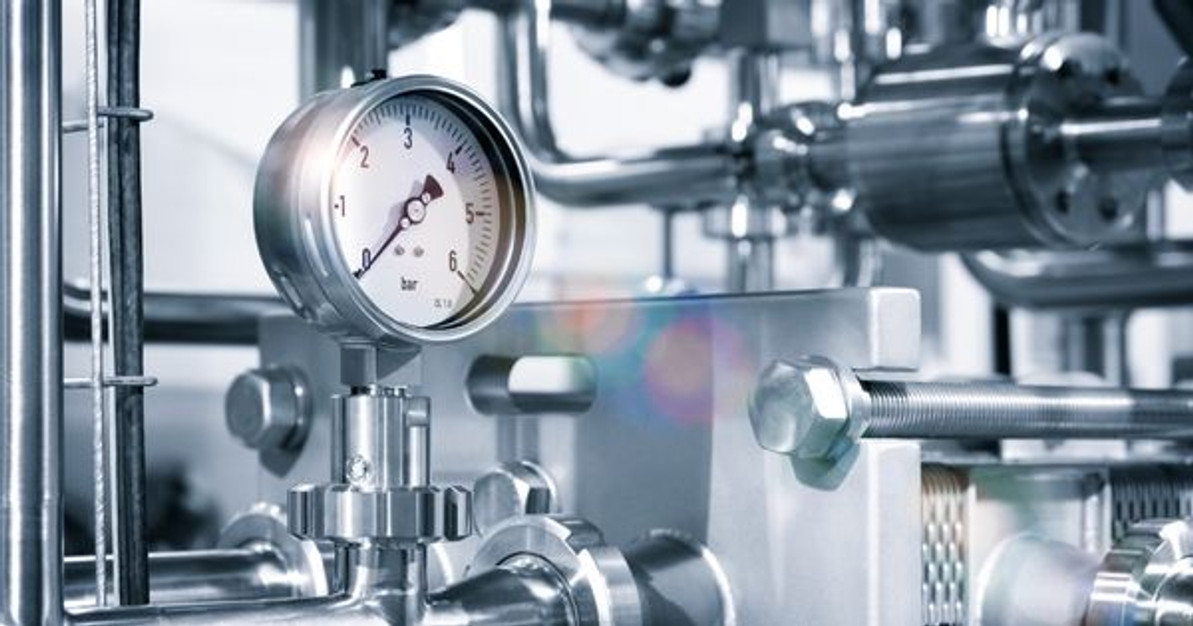 Sep 15th 2017
Sep 15th 2017 Stainless Steel Tubing: What CIP Systems Are And Why We Work With Them

Coming from the team here at Chemseal, we’ve learned a lot in our decades of experience working in the integral solutions industry. Trust us when we say that manually disassembling and cleaning machinery and components by hand in a manufacturing operation can be total pain. Whether the operation at hand concerns the biotech, pharmaceutical, dairy or food and beverage industry, today’s modern workforce is able to enjoy clean-in-place (CIP) systems that have made the cleaning of sanitary tubes and pipes much more efficient.
We Work With CIP Systems
Things must be very clean and sanitized when running liquids through stainless steel pipes, and we’re very happy that keeping these metal tubes and components clean is easy, safe and effective thanks to CIP systems. The stainless steel tubing and sanitary tubes that we carry at Chemseal help make these CIP systems possible. Stainless steel grades like DIN 11850 and EN 10357 help ensure that the stainless steel material itself stays hygienic while fluids pass through.
Because our stainless steel tubing provider is proud to work with CIP systems, we’re going to dive into their purpose and discover how CIP systems have evolved over time. Don’t forget to shop Chemseal today for our integral solutions and sanitary stainless steel fittings that helps your company safely transfer fluids of all kinds!
Some Context Behind CIP Systems
Clean-in-place systems refer to a method of cleaning the interior surfaces of things like pipes, vessels, process equipment and filters without any disassembly. Up to the 1950s, closed systems were manually disassembled and cleaned - a taxing and time-consuming process often riddled with error. So, the advent of the CIP process was a huge gain for industry that require frequent internal cleaning of their processes.
CIP Benefits
CIP cleaning is faster, less labor-intensive and more repeatable than manually disassembling and cleaning process units. Clean-in-place systems are also safer because they pose less of a chemical exposure risk to people. CIP once started as a manual practice involving a balance tank, centrifugal pump, and a connection to the system being cleaned.
Since then, CIP systems have evolved to become fully automated, including features like programmable logic controllers, multiple balance tanks, sensors, valves, heat exchangers and specially-designed spray nozzle systems. To enhance the effectiveness of these cleaning systems, elevated temperature and various chemical detergents may be added into the process.
Factors That Affect Cleaning Agent Effectiveness
Because many hygienic fluid processes differ between industries, it’s difficult to employ a CIP system that works for all types of operations. As such, there are certain factors to keep in mind when employing a CIP cleaning agent to enhance how well these cleaning solutions actually work:
- Temperature of the cleaning solution: Elevating the temperature of a cleaning solution will increase its dirt removal efficiency. Molecules with a higher kinetic energy will dislodge dirt faster than slow moving molecules of a cold solution.
- Concentration of the cleaning agent: A concentrated cleaning solution will clean a dirty surface much better than a diluted solution due to the increased surface binding capacity.
- Contact time of the cleaning solution: The longer the detergent contact period, the higher the cleaning efficiency. After a certain amount of time, the detergent eventually dissolves the hard stains and/or soil from the dirty surface.
- Pressure exerted by the cleaning solution: The turbulence, or pressure created by the spraying of the cleaning solution results in an abrasive force that dislodges stubborn soil from the dirty surface.
CIP And Groundwater Sources
While CIP was originally developed for closed systems and continues to be used for closed systems, CIP has been more recently applied to groundwater source boreholes. This is primarily intended for high-end uses for natural mineral or spring waters, food production and carbonated soft drinks.
Because these boreholes are open to the atmosphere and are therefore prone to a number of chemical and microbiological problems, they are often sealed at the surface. An air filter is built into the headworks to permit the boreholes to ‘inhale’ and ‘exhale’ when the water level rises and falls quickly without drawing in airborne particles or contaminants.
CIP And Chemseal
The high-quality, sanitary stainless steel tubing and other great stainless steel fittings that we carry at Chemseal have benefited CIP systems for years. Thanks to Trynox quality, our sanitary tubes and other integral fittings can do a lot to benefit your fluid process. Learn more by getting in touch with Chemseal today.
 Sep 15th 2017
Sep 15th 2017 Recent Posts
-
Nov 7th 2022
What Is Food-Grade Stainless Steel Tubing?
Businesses that produce food and beverage products must operate hygienically. Sterile environments a …Nov 7th 2022
-
Oct 11th 2022
Why Sanitary Fittings Are Important for the Medical Industry
Sanitary fittings are useful for many industries. Food and beverage manufacturers have used these to …Oct 11th 2022
-
Sep 23rd 2022
What Is the Max Operating Temperature for Stainless Steel?
Stainless steel is valued in many industrial applications because it’s capable of withstanding high …Sep 23rd 2022





